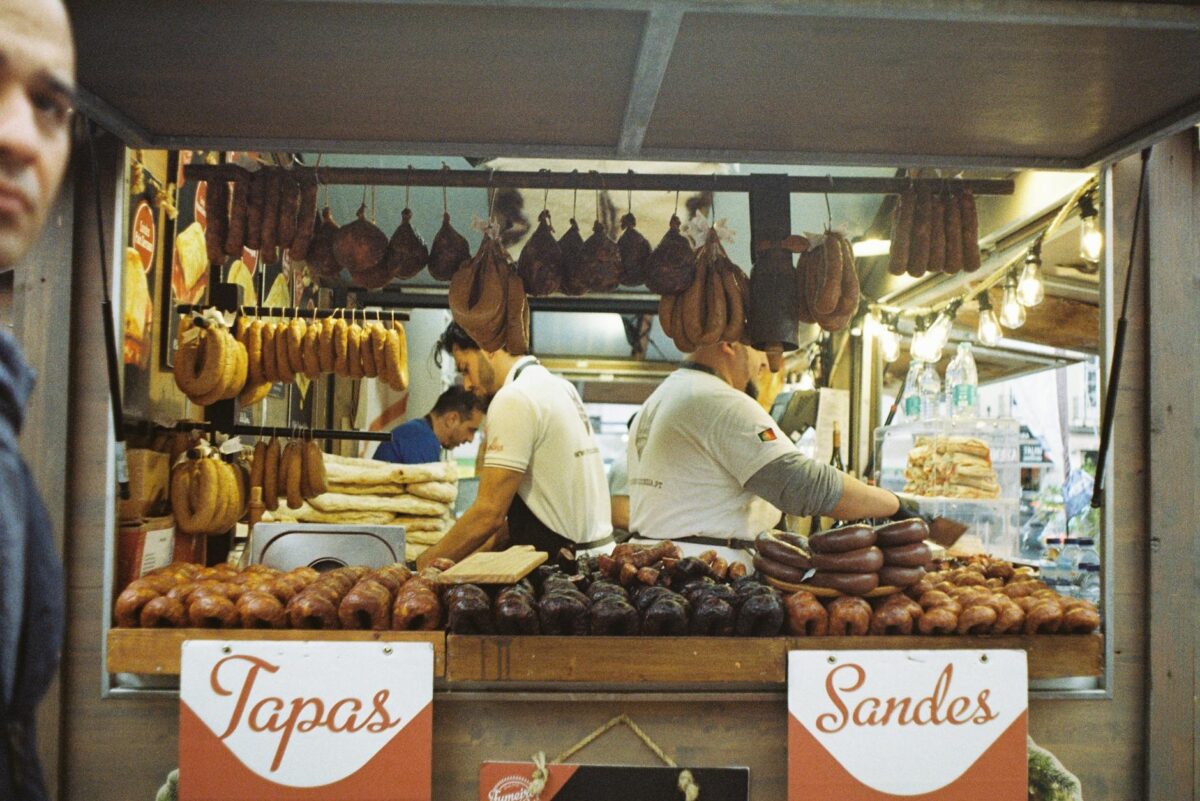Spain is a country renowned for its rich culinary traditions, diverse flavours, and vibrant food culture. As an English-speaking expat in Spain, you have a golden opportunity to dive into an amazing gastronomic adventure. Whether you’re sampling local dishes, exploring bustling food markets, or dining at top restaurants, here are some highlights and tips to help you savour the best of Spanish cuisine.
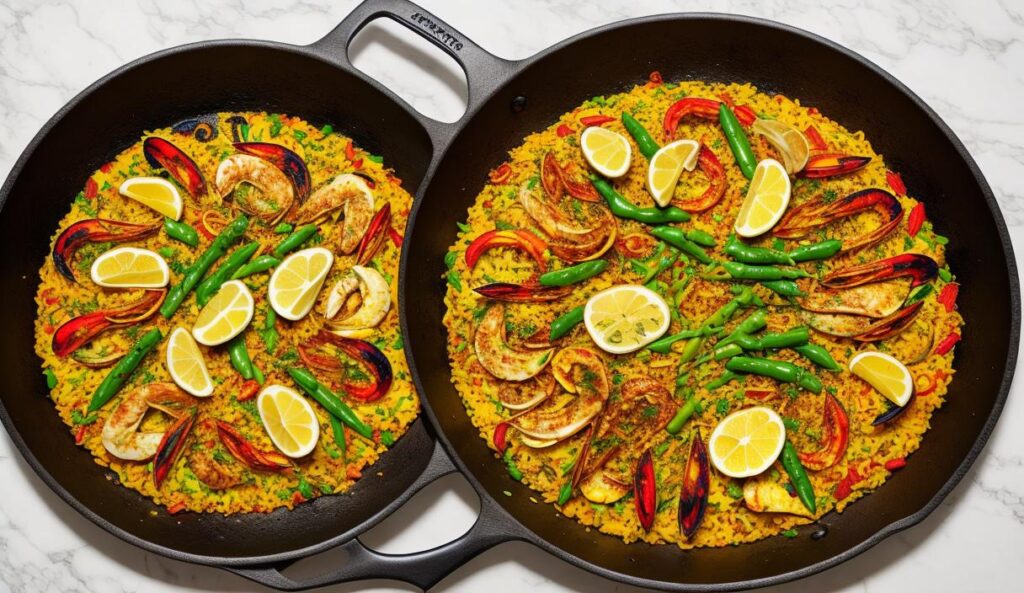
Exploring Iconic Spanish Dishes
Spain’s culinary landscape is vast and varies immensely from region to region. Here are some iconic dishes you simply must try:
- Paella: Originating from Valencia, paella is Spain’s most famous dish made of rice, saffron, and a variety of ingredients like chicken, rabbit, shellfish, and vegetables. Seek out a traditional Valencian paella to get a taste of this classic at its best.
- Tapas: These small, flavorful dishes are perfect for sharing and give you a taste of Spain’s diverse palate. Popular tapas include patatas bravas (spicy potatoes), gambas al ajillo (garlic shrimp), and jamón ibérico (Iberian ham). The beauty of tapas is that you can sample many different flavors in one meal.
- Gazpacho and Salmorejo: These refreshing cold soups, made from tomatoes, peppers, and other vegetables, are perfect for hot summer days. Gazpacho is more liquid, often sipped like a drink, while salmorejo is thicker and typically garnished with hard-boiled egg and jamón.
- Tortilla Española: This Spanish omelette is a staple in Spanish households. Made with eggs, potatoes, and sometimes onions, it’s a versatile dish that’s delicious hot or cold.
- Churros: For a sweet treat, try churros, which are fried dough pastries often dipped in thick hot chocolate. They are usually enjoyed for breakfast or as a late-night snack.
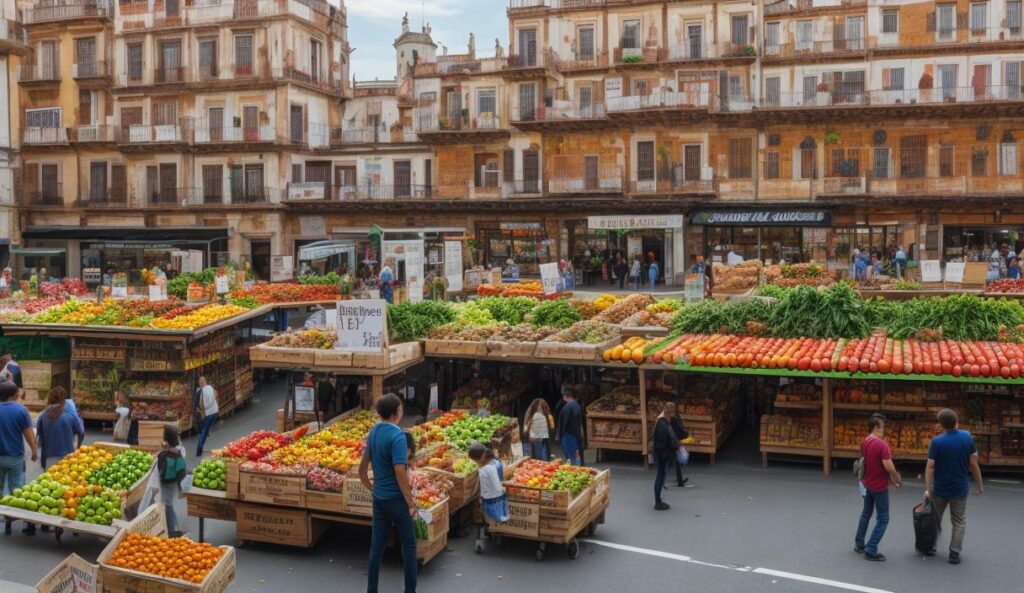
Discovering Local Food Markets
Food markets are at the heart of Spanish culinary culture. Here are a few markets that you should not miss:
- Mercado de San Miguel (Madrid): Located near Plaza Mayor, this historic market offers a delightful assortment of tapas, fresh seafood, cured meats, cheese, and sweets. It’s the perfect spot to sample a wide array of Spanish delicacies in one place.
- La Boqueria (Barcelona): Situated on La Rambla, La Boqueria is one of the most famous food markets in the world. Here, you can find everything from fresh produce and seafood to gourmet products and regional specialties.
- Mercado Central (Valencia): Known for its stunning architecture and impressive selection of fresh goods, this market is a haven for lovers of Mediterranean cuisine, featuring local fruits and vegetables, seafood, and spices.
- Mercado de Atarazanas (Málaga): This market is celebrated for its vibrant atmosphere and fresh ingredients, particularly seafood. You can also find traditional Andalusian delicacies and tapas bars within the market.
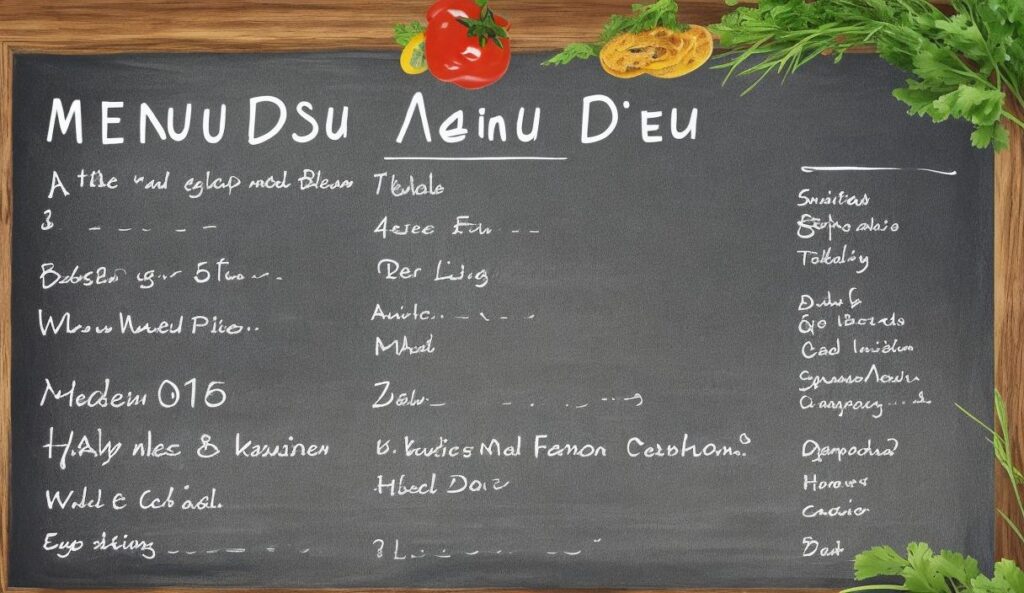
Dining Out: Restaurant Tips
Eating out is a joyful experience in Spain, where food is meant to be savored slowly and enjoyed with good company. Here are some tips for dining out:
- Embrace the Menu del Día: Many restaurants offer a “menu del día” (menu of the day) during lunchtime, which includes a three-course meal with a drink, often at a very reasonable price. This is a great way to try different dishes without breaking the bank.
- Timing is Everything: Spanish dining hours might differ from what you’re used to. Lunch is typically served from 2 PM to 4 PM, and dinner starts late, often around 9 PM or later. Plan accordingly to enjoy your meals at local peak times.
- Reservations Recommended: For popular restaurants, especially in major cities, it’s wise to make a reservation in advance. This is particularly true for weekends and during busy tourist seasons.

Cooking at Home: Finding Ingredients
Cooking Spanish cuisine at home can be a rewarding experience. Here are some tips for sourcing ingredients:
- Local Markets and Shops: Besides the major food markets, visit your local mercados, fruterías (fruit shops), and carnicerías (butcher shops) for fresh, local ingredients. Supermarkets like Mercadona, Carrefour, and El Corte Inglés also have extensive selections of Spanish products.
- Specialty Stores: For specific regional products, such as Pimentón de la Vera (smoked paprika), saffron, or high-quality olive oil, seek out specialty stores or gourmet shops.
- Seasonal Produce: Spanish cuisine heavily relies on seasonal ingredients. Take advantage of the freshest produce by shopping in season – from juicy tomatoes in summer to sweet oranges in winter.
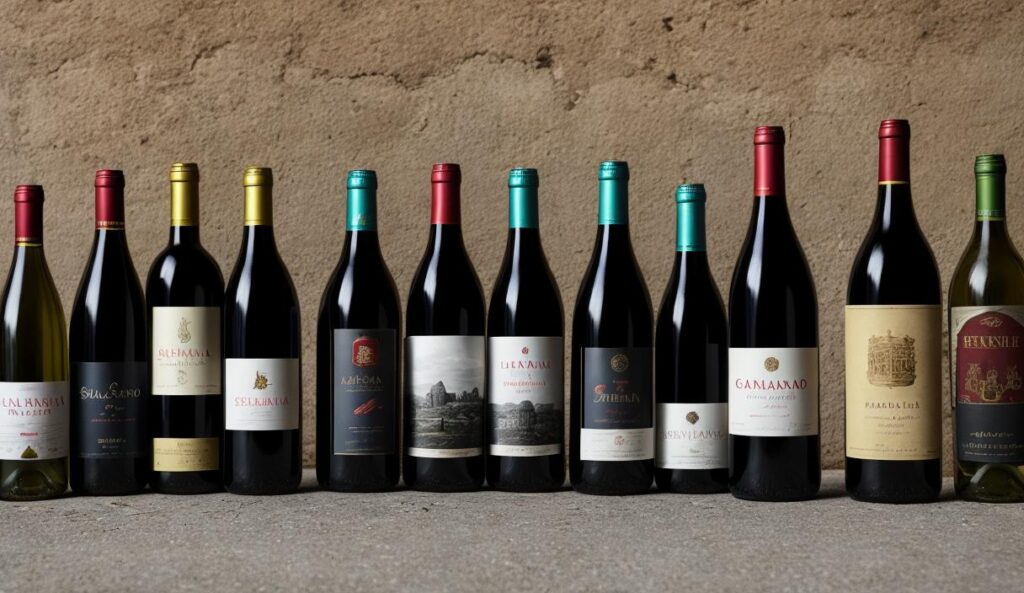
Spanish Wines and Beverages
No culinary journey through Spain is complete without exploring its world-renowned wines and regional beverages:
- Wines: Spain boasts a variety of wine regions, including Rioja, Ribera del Duero, and Priorat. Each region produces distinct styles of wine. Try a robust Rioja red, a crisp Albariño from Galicia, or a sparkling Cava from Catalonia.
- Sangria and Tinto de Verano: Sangria is a classic Spanish beverage made with red wine, fruits, and sometimes a hint of brandy. Tinto de Verano, a simpler alternative, combines red wine with lemon soda and is equally refreshing.
- Vermouth: In recent years, vermouth has seen a resurgence in Spain. Served over ice with a slice of orange and an olive, it’s perfect for a relaxing aperitif.
Spain’s cuisine is a feast for the senses, offering endless opportunities to explore and delight in new flavours. Whether dining out, cooking at home, or visiting local markets, embrace the culinary adventures that await you in this vibrant country. Bon appétit—or as they say in Spain, ¡Buen provecho!

